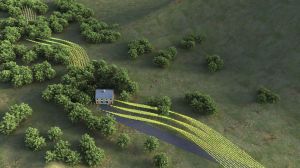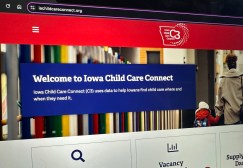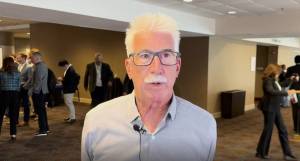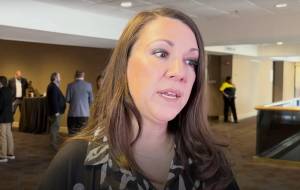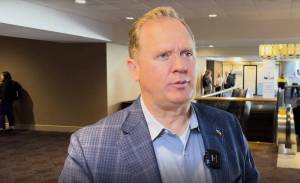Iowa committee releases state broadband recommendations
Connect Every Iowan committee releases recommendations in broadband study
The STEM Advisory Council’s Broadband Committee today released the findings of its study on how to improve broadband connectivity throughout Iowa as part of the Connect Every Iowan Initiative.
The governor and lieutenant governor launched the Connect Every Iowan effort in September with the goal of increasing the access, adoption, and use of broadband technology throughout Iowa. At that time the governor and lieutenant governor asked the existing STEM Advisory Council’s Broadband Committee to develop legislative recommendations to encourage broadband build-out throughout Iowa, particularly in unserved or underserved areas.
The recommendations can be found at broadband.iowa.gov.
Included among the recommendations are the following:
- Developing incentives to promote broadband build-out, including tax incentives, loans, grant programs, and regulatory reform.
- Moving toward “ICN 2.0” by developing a wholesale model which would allow private providers to access unused ICN bandwidth. Such a model would facilitate broadband build-out to unserved or underserved areas and significantly reduce the level of capital investment that private providers would be required to expend to replicate existing and available infrastructure.
- Support programs which encourage adoption and use of broadband technology, including digital literacy training, workforce skills training, and continuation of the Connected Communities program.
- Streamlined responsibility for broadband planning and coordination with the state chief information officer, or another existing agency.
“I want to thank the chairs and committee members for devoting their time and energy to this important project,” said Branstad. “We look forward to our continued work as we expand broadband access for every Iowan.”
The committee members are as follows:
- Co-Chair John Carver, Superintendent, Howard-Winneshiek Community School District
- Co-Chair Robert von Wolffradt, Chief Information Officer, State of Iowa
- Amy Kuhlers, Program Manager, Connect Iowa
- Robert Denson, President, Des Moines Area Community College
- Dave Duncan, CEO, Iowa Communications Alliance
- Philip Groner, Iowa Communication Network
- Karl Hehr, Director of Technology Services, Ames Community School District
- Galen Howsare, Chief Financial Officer, Iowa Association of School Boards
- Karen Randall, Keystone Area Education Association
- Michael Sadler, Assistant VP for Public Policy
- Larry Siegel, Iowa School Finance and Information System Services
- Jeff Weld, Executive Director, Governor’s STEM Advisory Council
- Josh Byrnes, State Representative, District 14
- Steve Sodders, State Senator, District 3
“We will consider these recommendations as we develop our budget and policy priorities,” said Lt. Gov. Kim Reynolds. “We believe the committee outlined some innovative solutions that will increase access, adoption and use of broadband that will allow us to become the most connected state in the Midwest.”
“The Connect Every Iowan initiative has reached an important milestone with the on-time delivery of meaningful policy recommendations on broadband access, adoption, and use for the Governor to review. We are honored to be a part of this committee, have gone to great lengths to obtain input from all sector stakeholders, and believe these to be sound recommendations worthy of support,” said Amy Kuhlers, Connect Iowa State Program Manager.
Currently Iowa ranks 11th out of 12 Midwestern states on the TechNet State Broadband Index, behind neighboring states such as Nebraska, Minnesota, Missouri and Illinois. The index is compiled from three measures: The household adoption rate of broadband, network speeds of available broadband infrastructure, and the amount of jobs in information and communication technology industries that benefit from broadband technology.
Branstad and Reynolds added that they look forward to working with stakeholders throughout the legislative process.

